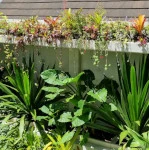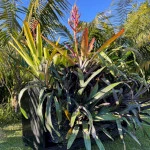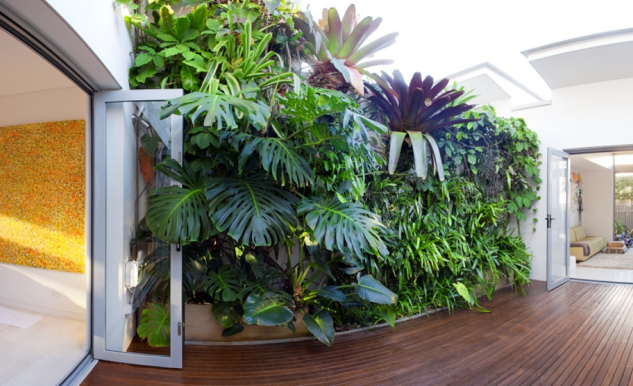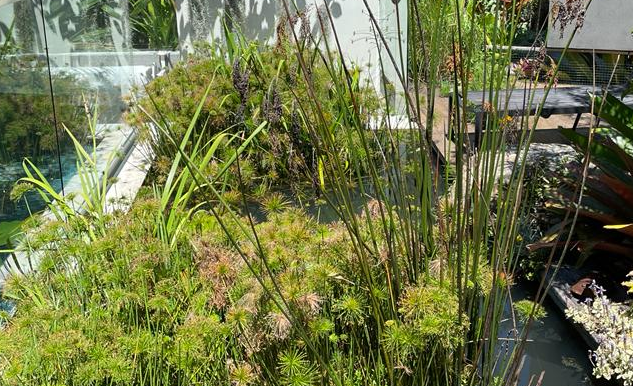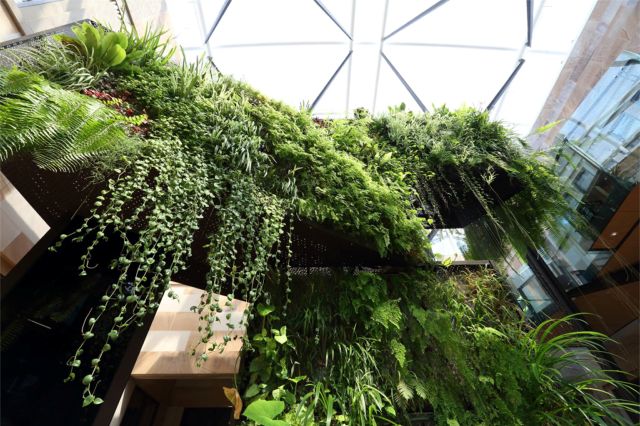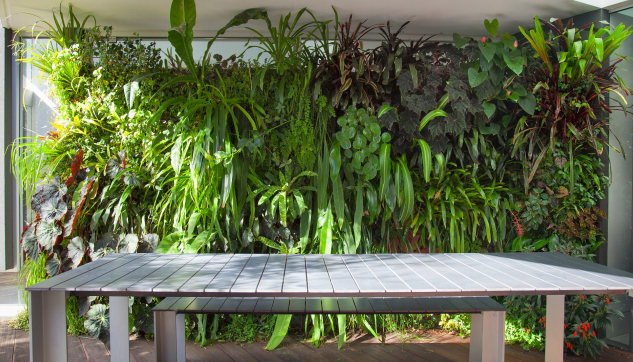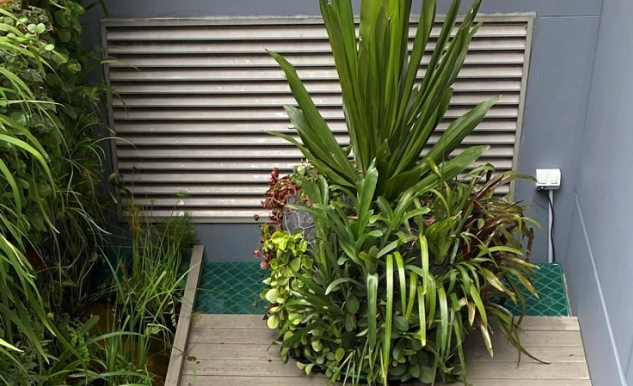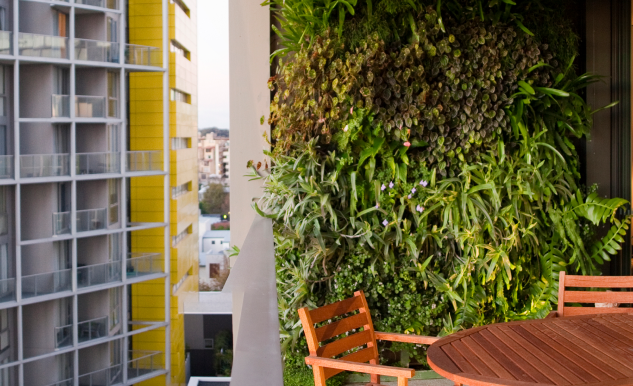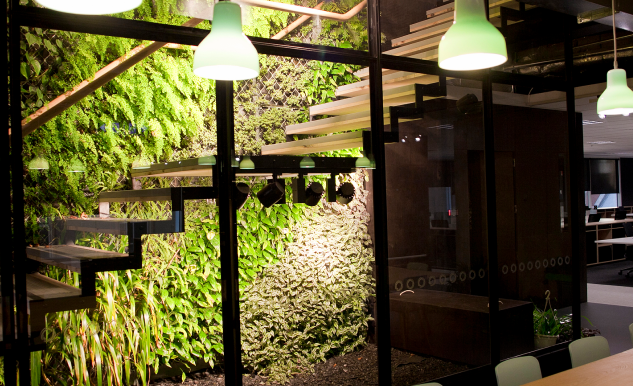Pseudo Greenwalls the eco way to green space
Greenwalls and green roofs have significantly grown in popularity in recent times, especially with the growing trend towards green living. With their undeniable aesthetic appeal and the numerous environmental and health benefits they possess, it is hard to put fault on this new phenomenon. Our pseudo greenwalls are environmentally and eco-friendly, made from 95% recycled materials. They are the most affordable way green indoor and outdoor spaces.
Our greening solutions are not just limited to panel greenwalls applied to the surface of a wall. There are many more options and styles for different purposes that most people aren’t aware of. They can be both indoor and outdoor, on roofs, garden beds to even hanging installations from ceilings, all of which are low maintenance and can accommodate different tastes in design, style and space available. Our new technology and planting systems is what enables us to adapt and create pseudo walls that are cost effectively installed and designed to fit any space.
Pseudo Greenwalls are an economic way for homeowners to green a space, as rather than applying pre-planted panels, individual pots are secured to the desired space.
Seven Advantages of Pseudo Greenwalls:
- Mature larger, structural plants can be grown in baskets
- Less planting, less irrigation requirements
- Can be integrated with a support structure that can have a decorative architectural treatment
- The support frame can be positioned behind an architectural screen providing both shade and wind protection for the plants
- The moisture retention of inorganic soil allows the plants to survive for an extended period
- Planting is less dense per metre square to a true green wall, so costs reduced
- Aesthetic appeal


